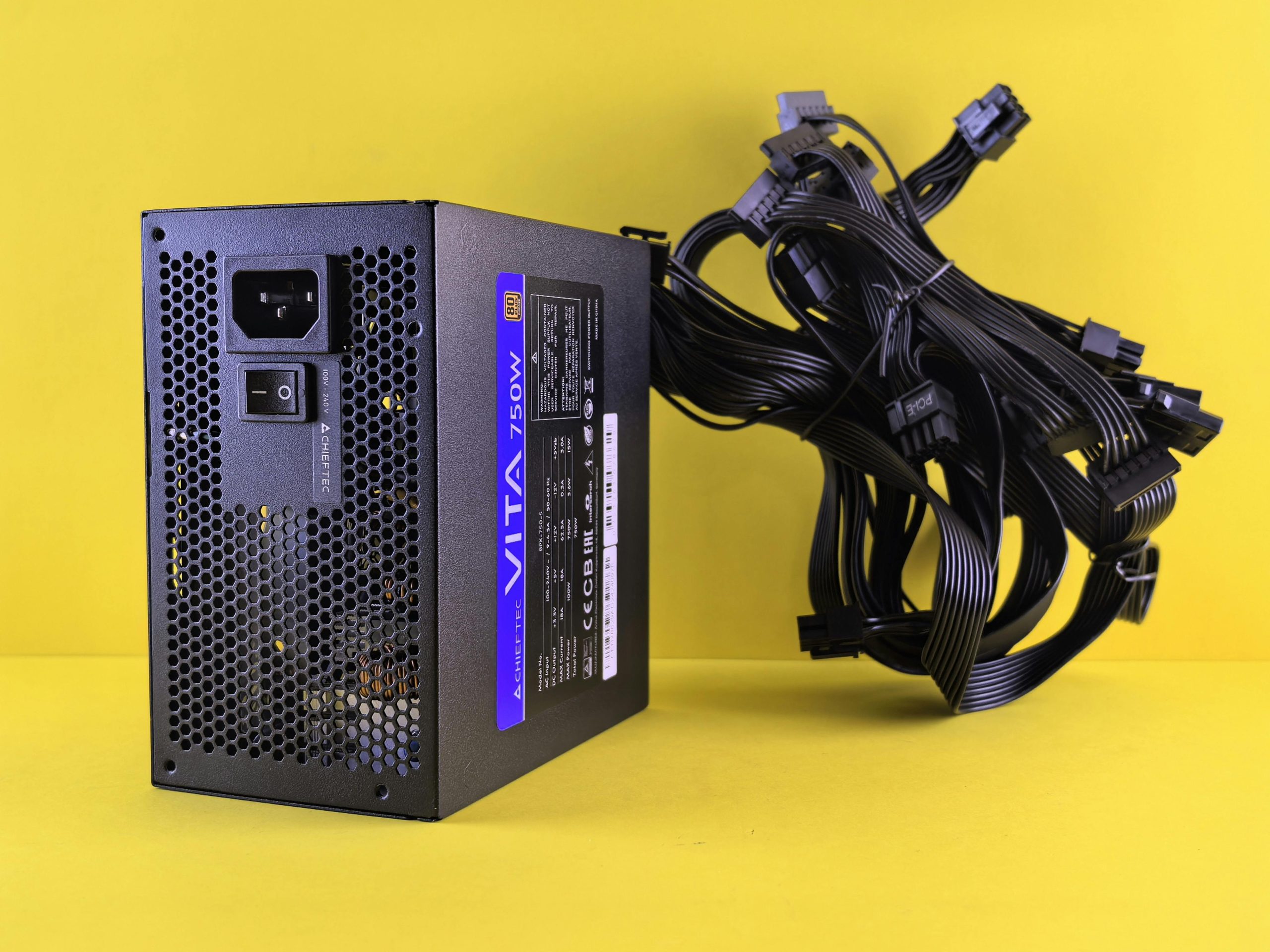Understanding PCIe Cables: A Guide to Upgrading Your PSU for Your 6700 XT GPU
Upgrading your power supply unit (PSU) can be an exciting yet confusing process, especially when it comes to navigating the world of PCIe cables. If you’re facing uncertainty about how to correctly connect these cables after purchasing a new, fully modular Corsair 850W PSU, you’re not alone. Many PC enthusiasts encounter similar challenges while setting up new components.
The Setup
In this scenario, we have a system equipped with an AMD Radeon RX 6700 XT graphics card. The previous PSU was an EVGA 600W, which had a straightforward approach to connecting the PCIe cables – simply plug them into the graphics card, and you were good to go. However, the transition to a fully modular PSU introduces new components and potential confusion.
The Cable Dilemma
One of the cables provided with the Corsair 850W is different from what you had before. You might find yourself staring at the PCIe cable and wondering where those pins should actually go. In your case, you’ve potentially identified the correct end for the graphics card, but the other end appears to be aimed at a 12V (2×6) slot on the PSU rather than the standard CPU/PCIe slot.
This discrepancy can raise a few eyebrows and prompt questions about the correct functionality of the cables. To clarify, the PCIe cables are typically used to supply power to graphics cards, while the 12V cables are designed for motherboard power delivery.
A Call for Guidance
If your goal is to enhance your gaming rig with your new PSU, it’s crucial to connect the cables correctly to avoid any power-related issues. As you mentioned consulting with an AI like ChatGPT, it’s always wise to seek additional confirmation or insight from knowledgeable communities before proceeding with such an important installation.
Conclusion
Before you make any connections, double-check the specifications for your PSU and GPU. Make sure to refer to the manuals or online resources provided by the manufacturer. If in doubt, don’t hesitate to reach out to forums, fellow tech enthusiasts, or professionals who can guide you through the process. Taking these extra precautions will ensure that your new setup runs smoothly and efficiently, providing you with the performance you expect from your 6700 XT GPU. Happy building!
Share this content:




Hi there, it sounds like you’re navigating the common confusion surrounding PCIe cables when upgrading to a modular PSU. To clarify, your Corsair 850W PSU should include dedicated PCIe power cables designed specifically to power your AMD Radeon RX 6700 XT graphics card. These cables typically have 6+2 pin connectors at one end that plug directly into the GPU, providing the necessary power supply.
It’s important to ensure that you use the PCIe cables intended for graphics card power. The other cables, such as the 12V (2×6) connector, are usually meant for motherboard power and should be connected to the ATX power slots on your motherboard and the PSU. Verify that each cable is labeled or documented in the PSU manual for correct identification.
For secure and proper connections:
If you still have uncertainty, please share pictures of your cables and connectors. Many issues stem from misidentification, but